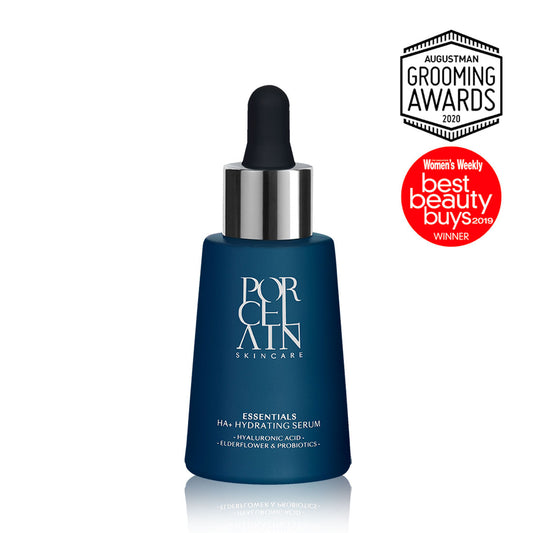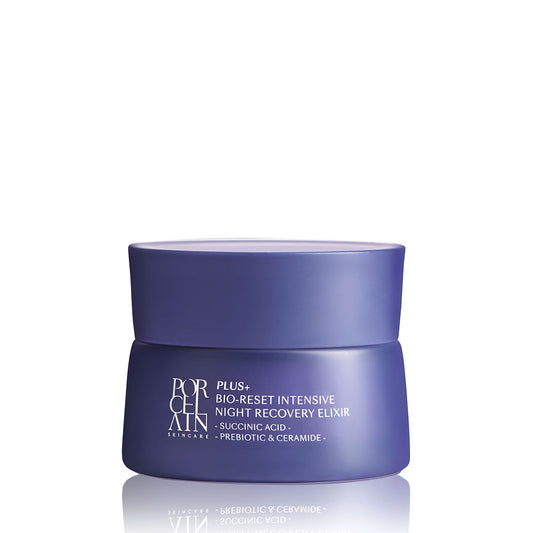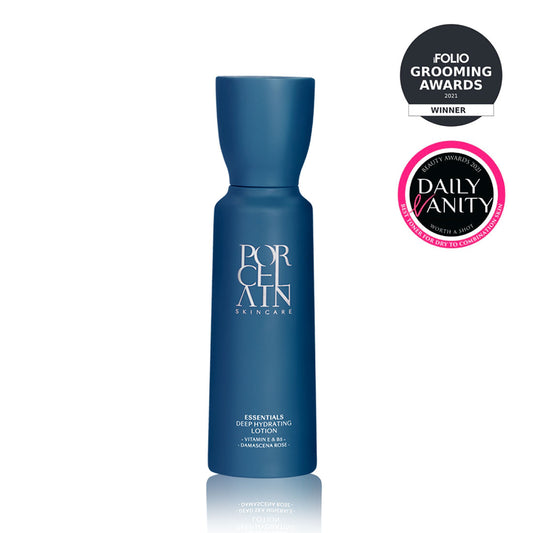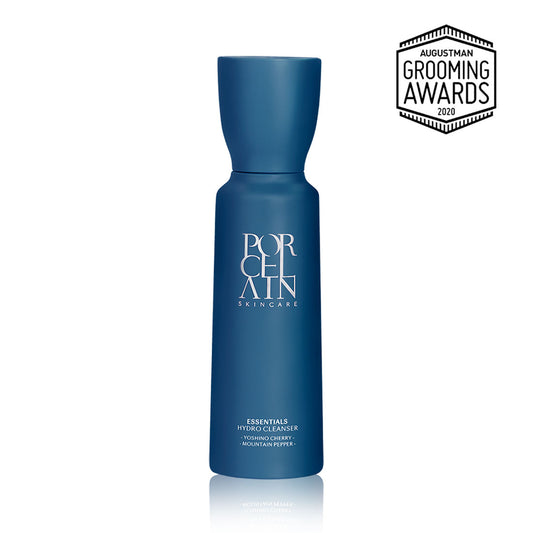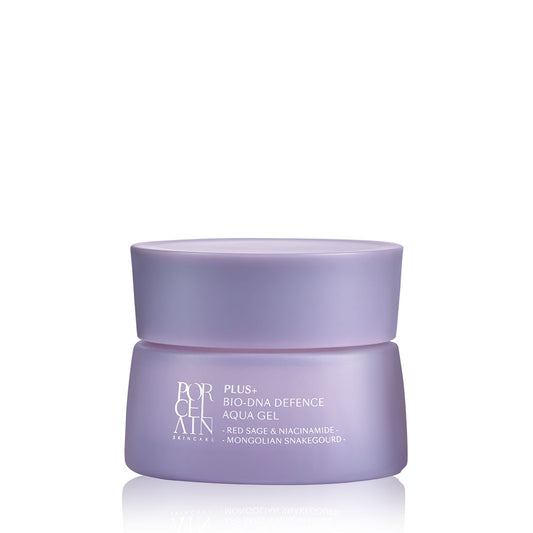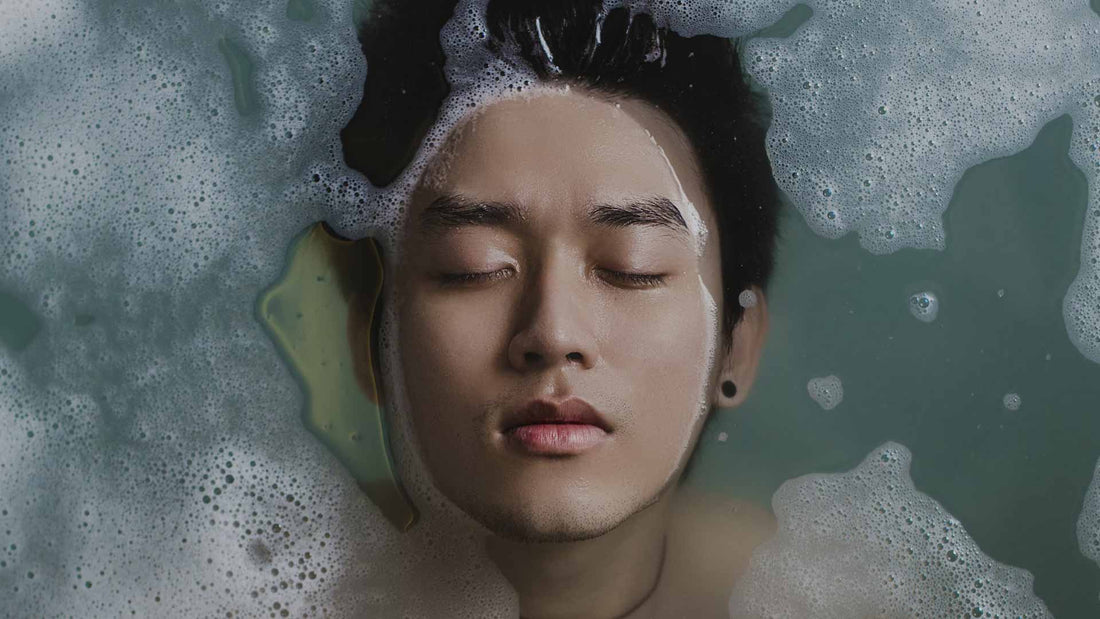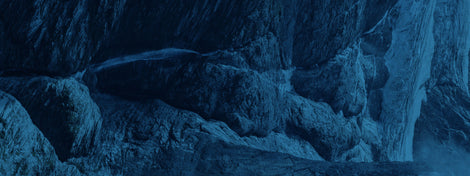Oil cleansing has been a staple in the realm of skincare. Despite being a staple, new ways of using the same product are still discovered daily. Recently, an oil cleansing trend has resurfaced: Skin Gritting. Skin Gritting involves using an oil cleanser for 15 minutes to bring up “grit” – blackheads and sebaceous filaments. Porcelain Skin decided to break down the trend to see if this newfound way to oil cleanse is safe or a hyped-up trend with hidden dangers.
What is Oil Cleansing?

Oil cleansing uses oil-based cleansers to free the skin of makeup, SPF, dirt and other impurities that build upon the skin throughout the day. They are often used as a pre-cleanser in a nightly double cleansing routine. But this does not mean you should be reaching for the cooking oils to cleanse your skin. Not all oils are equal. Cleansing oils contain ingredients to help hydrate or soothe the skin. They also contain surfactants to help remove the oils and dirt.
We know you may be thinking: “I’m trying to remove the oils from my skin, why would I use an oil cleanser and add more oil to my skin?”
Should I Oil Cleanse?

The basic idea behind oil cleansing is that “like removes like”. With this idea, it makes sense to use oil cleansers to cleanse the skin of its excess oils and other impurities. Furthermore, many of our daily makeup products are oil-based or waterproof. This makes an oil cleanser the gentler and more effective alternative to makeup wipes.
On top of that, oil cleansers tend to contain fewer surfactants which can be harsh on the skin – especially for sensitive, dry or acne-prone skin. Thus, if you’re facing sensitive, dry or acne-prone skin, using an oil cleanser can be less irritating to the skin.
Much like skin, every oil cleanser is different, and thus you should look for the best oil cleanser specific to you.
What is Skin Gritting and Does it Work?
Skin Gritting involves vigorously massaging an oil cleanser for 15 to 20 minutes to coax out blackheads and sebaceous filaments. This trend uses the idea of “like removes like” – using oil cleansers to “absorb” the blackheads and sebaceous filaments out of pores. While the idea of like removing like stands, there is still a lot of debate over whether Skin Gritting is a legitimate method of removal and if the grits are actually blackheads and sebaceous filaments. Before we jump in, let’s establish what blackheads and sebaceous filaments are.
Blackheads
Blackheads are blockages that occur at the top of the pore. They prevent oils from escaping the pore. When doing blackhead extraction, they often have a plug-like shape with a darker top (exposure to air causes congestion to oxidise). The extraction facial in Singapore will make sure that this situation will not happen to your skin.
Sebaceous Filaments
Sebaceous filaments are a thin, hair-like structure that resides within the pore and helps the transport oil to the surface of the skin. On the skin, they have a grey, yellow or clear colour to them.
While the method seems to bring up grits, according to Women’s Health interview of New York City Dermatologist Dendy Engelman, M.D., it is likely that the grits are dead skin from your face and hands. These grits are like the grains of dead skin you would get from exfoliating with gel exfoliators. Additionally, the grits in the viral images are much larger than regular blackheads and sebaceous filaments. Moreover, blackheads and sebaceous filaments do not share the same appearance characteristics as grits seen in photos. Blackheads tend to be dark only at the top of the plug and sebaceous filaments tend to be thin like hair and less dark.
With all these factors considered, it is safe to say that Skin Gritting does not remove blackheads and sebaceous filaments. Apart from it being ineffective at removing congestion, the vigorous 15-minute massage can irritate the skin, over-exfoliate skin and cause broken capillaries. That’s not all – rubbing the tiny grits into your skin creates micro-tears. These tears can lead to inflammation and infections that can result in post-inflammatory hyperpigmentation (like post-acne marks).
Alternatives to Skin Gritting
While we have debunked Skin Gritting, there are many safer ways that you can minimise blackheads on your skin without the pain and danger of extractions!
#1: Balance your pH
Many skincare issues arise from an imbalance skin pH. Your skin’s pH determines the strength of its natural barrier. Our barrier thrives when there is an optimal balance of oil and water content in the skin. Any imbalances would be revealed through the skin’s type and symptoms. For example, oily skin types have an imbalance in their pH thanks to the over-production of sebum caused by a lack of hydration. Sebum is your skin’s way of retaining moisture and hydration. When there is a lack of hydration, the skin produces more oils to prevent further loss of hydration.
Here are some simple principles you can use to help rebalance your skin’s pH.
- Oily skin lacks hydration and produces too much oil to compensate. Thus, hydrate it sufficiently and invest in products that help to control oil production.
- Dry skin lacks hydration and produces insufficient oil to moisturise the skin. Thus, focus on replenishing much-needed hydration and moisture.
Combination skin’s needs vary based on the combination of skin types, but the same principles above apply.
#2: Tackle the Root Cause
Blackheads, like any other form of acne, are a result of excess oil buildup and dead skin cell accumulation. Thus, cleansing and exfoliation are vital in keeping these blemishes at bay.
Double cleansing does an impeccable job of removing excess oil buildup daily. The initial cleanse aids in removing the dirt, impurities and excess oil. This allows the second, deep pore cleanse to penetrate deeper for a better cleanse.
Regular exfoliation removes the buildup of dead skin cells and stimulates skin renewal. Plus, proper exfoliation leaves behind brighter and softer skin too! Need a non-abrasive exfoliator for the job? Try the Natural Skin Refiner!
On top of regular exfoliations, you can add acids (like AHAs and BHAs) into your skincare routines. AHAs help to remove dead skin cells. BHAs penetrate deeper into the skin to dissolve the mix of sebum and dead skin cells within the pores. While these acids may seem perfect, it is important to use acids carefully. Generally, acids should be below 3% in concentration to be safe for daily use. Want our suggestion? Give the Glycolic Toner a shot – a perfectly balanced toner to exfoliate and hydrate the skin. Plus, it’s safe for daily use!
Along with blackheads, you may be looking to remove your sebaceous filaments. However, they are a necessary part of the skin as they help transport oil to the skin’s surface, keeping it moisturised. While it is possible to remove them with professional help, they will regrow every 28-30 days (the duration of our skin cycle).
—
Do you know of any skincare trends you’d like us to debunk? Let us know! Want to keep up with the latest in skincare and gain tips, tricks and nuggets of knowledge about acne facial treatment in Singapore? Join our mailing below and let us navigate the realm of skincare together!

